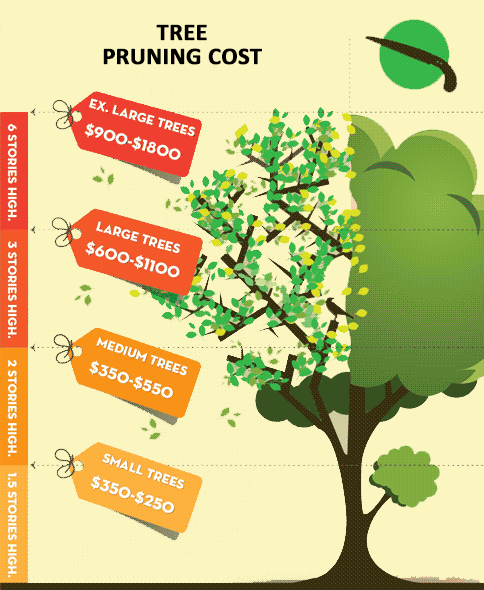The Environmental Impact Of Tree Elimination: What You Need To Know
The Environmental Impact Of Tree Elimination: What You Need To Know
Blog Article
Material By-Helms Hull
When it comes to the environmental influence of tree elimination, there are crucial elements that demand your focus. From the complex web of partnerships within ecosystems to the subsequent results on environment patterns, the effects are extensive. You may be shocked to discover the complex ways in which the elimination of trees can reverberate throughout the setting. Stay tuned to decipher the complex connections and effects of this relatively uncomplicated act.
Deforestation and Habitat Loss
Logging and habitat loss are crucial issues originating from tree elimination. When trees are reduced, it interrupts entire ecological communities. Not only are the trees themselves shed, yet the homes and food sources of plenty of plant and pet varieties are damaged too. Birds shed their nesting sites, animals lose their shelter, and insects lose their habitats. The effects ripple via the food chain, impacting predators and prey alike.
Moreover, logging adds to climate change. Trees play a vital role in absorbing carbon dioxide, a greenhouse gas that catches warm in the ambience. With fewer trees, there's much less carbon dioxide absorption, resulting in increased levels of this gas in the ambience and intensifying international warming.
Precisiontimberfelling
Environment loss is a straight result of logging, as the destruction of forests implies the loss of distinct and varied environments. Lots of types are not able to adjust to rapid modifications in their setting, bring about population decreases and, in some cases, extinction.
Shielding forests is important to preserving the fragile equilibrium of nature and making certain the survival of numerous plant and animal types.
Effect on Biodiversity
The removal of trees has a substantial effect on biodiversity, influencing the selection and wealth of plant and pet varieties in an area. Trees provide habitat and food sources for countless microorganisms, from insects to birds to mammals. When trees are gotten rid of, these species shed their homes and sources of nourishment, bring about a decline in their populaces. This disruption can have plunging effects on the whole community.
Additionally, trees play an important function in preserving biodiversity by creating microhabitats within their canopies, trunks, and origins that sustain a wide range of species. When trees are lowered, these specialized environments are destroyed, reducing the total diversity of the area.
Furthermore, the removal of trees can lead to a decline in hereditary diversity within plant populaces, as certain tree types may no longer have the ability to recreate or spread efficiently. Shielding trees and forests is essential for preserving biodiversity and guaranteeing the health of ecological communities for future generations.
Soil Disintegration and Environment Modification
With trees being removed from a location, the disruption of soil structure and stability happens, leading to raised dirt erosion. Trees play an important duty in protecting against disintegration by holding dirt in position with their root systems. When mouse click the next document are eliminated, especially in large numbers, the dirt becomes a lot more prone to disintegration from wind and water. This erosion not just influences the immediate surroundings but can also lead to sedimentation in neighboring water bodies, influencing water high quality and water ecological communities.
Moreover, trees help manage the climate by taking in co2 during photosynthesis. When trees are lowered, this all-natural carbon sink is diminished, adding to increased degrees of greenhouse gases in the ambience. This can aggravate environment modification, causing even more extreme weather condition occasions and disturbances in ecological communities worldwide.
Consequently, the removal of trees not only accelerates soil erosion yet also plays a role in the larger ecological concern of environment adjustment. It's critical to take into consideration these factors when evaluating the effects of tree elimination on the environment.
Final thought
Now that you know the environmental effect of tree elimination, consider the repercussions before lowering trees. Deforestation interrupts communities, minimizes biodiversity, and contributes to soil erosion and environment modification. By bearing in mind the influence of tree removal, you can aid protect our setting and maintain the fragile balance of nature. Make notified selections and take into consideration alternative solutions to reduce the unfavorable effects on our planet.
